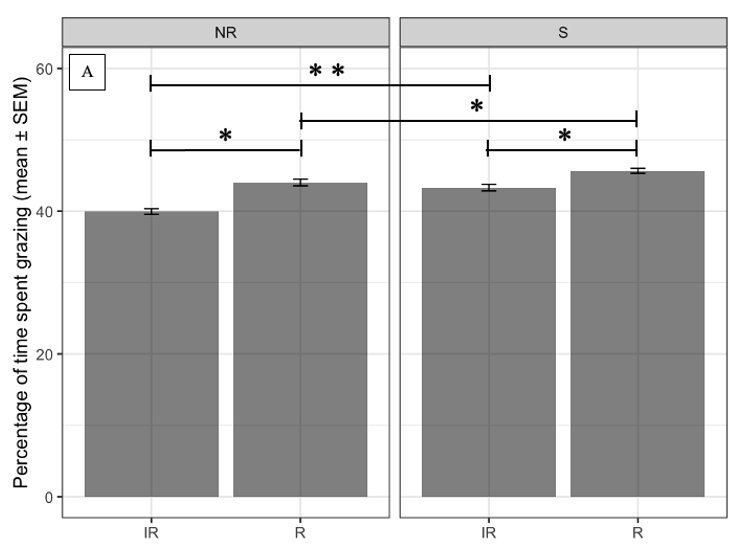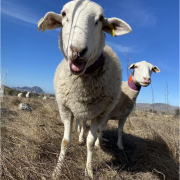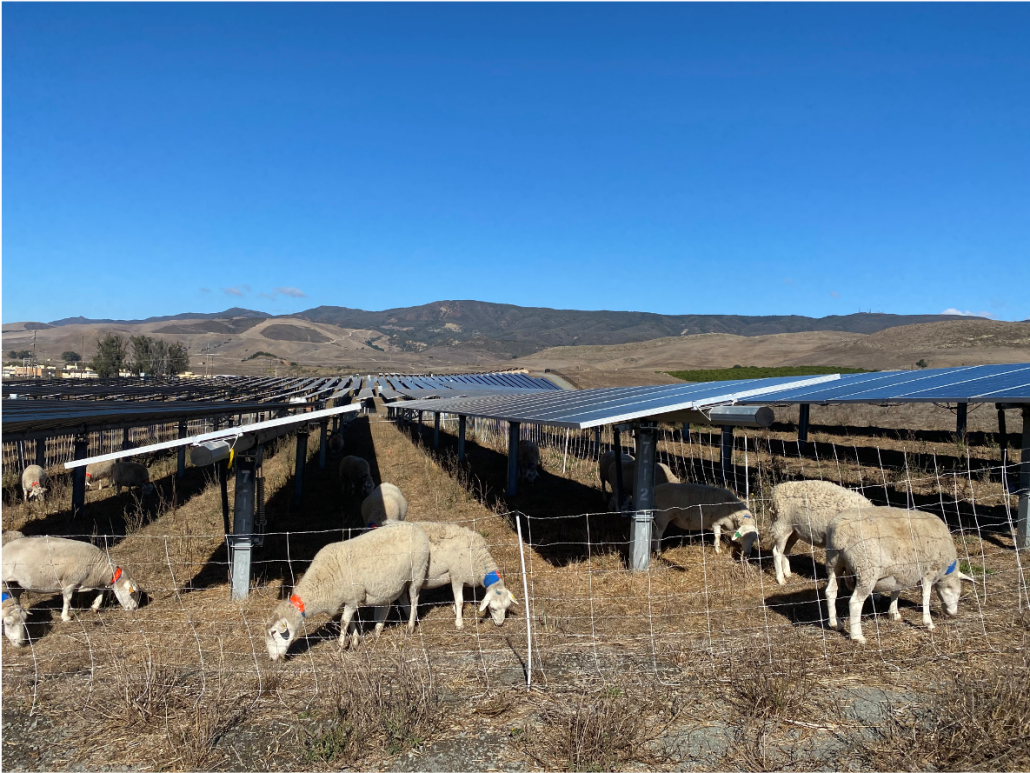Solar Sheep – an example of multifunctional land use
By Emma Kampherbeek
Land is limited. Agriculture, electricity production, housing, nature, etc. all compete for the same plot of land. In some areas more than in others, but the competition is everywhere. On top of that, greenhouse gas emissions keep increasing and the global temperature keeps rising, leading to more frequent natural disasters and parts of the earth becoming uninhabitable. We shouldn’t only focus on stopping the global temperature from rising, but also on climate change adaptation and multifunctional land use now that ‘good’ land is getting scarcer.
It makes sense to have at least dual land use, but preferably use land for three, four or even more purposes. Agriculture and electricity production are a really good fit that can create win-win situations. That’s why I researched what I like to call ‘Solar Sheep’ – sheep that perform vegetation management on solar farms.
A lot of research is currently being done on the impacts of solar farms on soil health and biodiversity of flora and fauna. But what about sheep? Sheep are very effective grazers, which means that they are perfect for vegetation management on solar farms. Unlike goats, sheep don’t jump on the panels and don’t chew the wires. Unlike cattle, they are not heavy and large, which means that they can easily graze under the panels. They are also great with different types of terrain, like steep, rocky hills, which are hard to navigate for (robotic) mowers. These are a few of the advantages of sheep for solar farm owners.
How about advantages for the sheep? Is it also a positive experience for them to graze under solar panels? As many farmers who use their sheep for vegetation management on solar farms can tell you, sheep really don’t seem to mind grazing under and between the solar panels. This is also what my research showed, which was conducted on Gold Tree Solar Farm in San Luis Obispo, CA, in January 2021. Sheep on the solar farm grazed more than sheep in the natural rangeland without solar panels (see Figure 1). The solar panels provide shade and protection to the sheep. This prevents them from experiencing heat stress and protects them from harsh weather conditions, which will happen more frequently in the face of climate change. I live in the Netherlands, so heat stress didn’t use to be a big issue here, but in the last decade cases and mortality of heat stress have increased significantly.

Figure 1 Bar graphs showing the mean (± SEM) of the total percentage of time spent grazing during the Main study over the total period of sixteen days of both treatment groups (NR & S) and both management types (R & IR).
* P < 0.0001, ** P = 0.0015, *** P = 0.031. (S = Solar; NR = Native Rangeland; R = Rotational; IR = Intensive Rotational).
The article is now under peer review but will hopefully be published later this year in the Journal of Applied Animal Behaviour Science as an open-access article.




